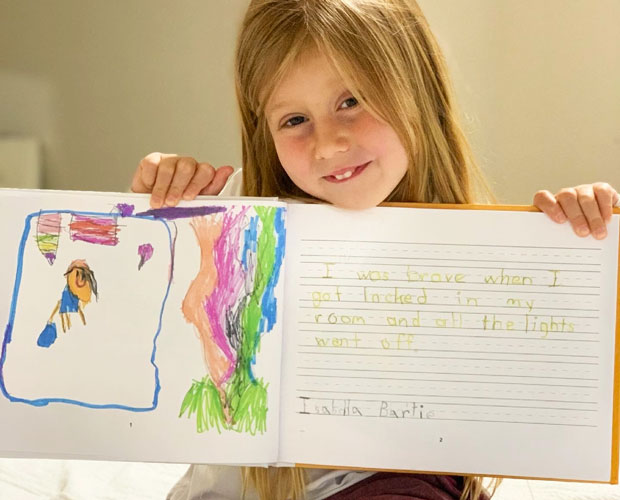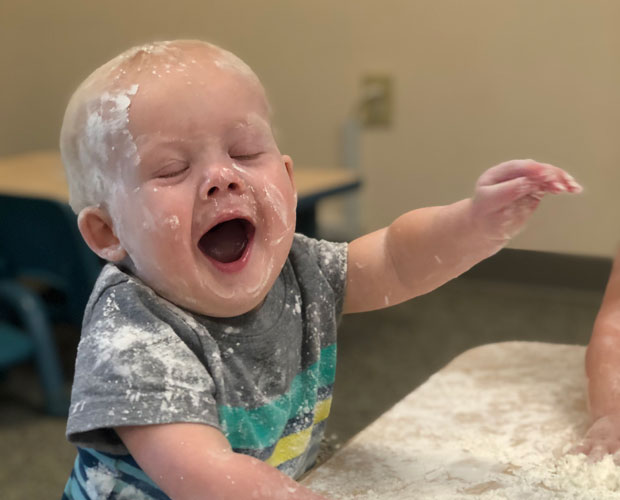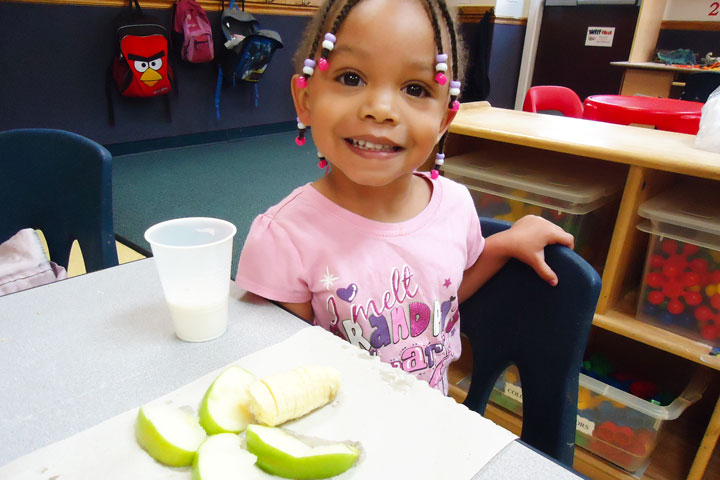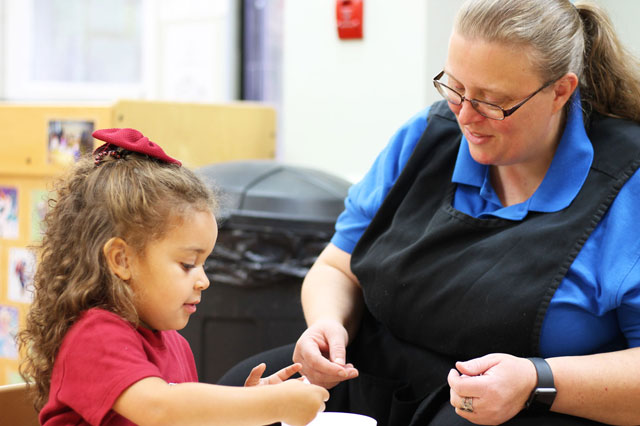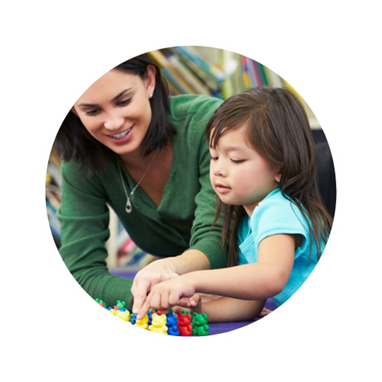Preparing Child Portfolios for Family Conferences
By Bianca DuBois, Education Specialist
In our quest for quality, we're approaching a hot topic: family conferences. Let’s take a minute to dive into one aspect of a family conference: presenting child portfolios.
What Are Child Portfolios?
Child portfolios are a type of evidence of learning presented to parents that emphasizes snapshots of learning throughout a child’s time in your classroom.
What is Included in a Child Portfolio?
A child portfolio aims to give evidence of learning in our five brain-building domains:
- Critical Thinking
- Language
- Movement
- Relationships
- Sensory (CLaMoRS)
Ideally, a child portfolio will have work samples or pictures of children engaging in activities from these domains.
Pro Tip: One of the best (and easiest!) places to find pictures of children learning is LineLeader. After you capture pictures of children engaged in activities in LineLeader, you can print these photos and include anecdotal notes to narrate the activity details.
For children in Infant, Toddler, and Explorer classrooms, learning experiences are planned directly from your Brain Connect curriculum. For example, when you select the activity “Hidden Toy” for your lesson plan (card 50 in Critical Thinking), you should take a picture of your infant engaged in the activity.
Next, write a simple anecdotal note with information provided on the learning experience card.
For Example:
Hidden Toy | Critical Thinking
Baby Fred smiled as he found a nesting cup in a container with a lid. We described the nesting cup with rich vocabulary such as naming the color of the nesting cup, the texture, and how he was able to remove the lid from the container.
Consider using even more details in your anecdotal note, such as naming the developmental objective included on the learning experience card:
Baby Fred was able to work on Creative Curriculum Objective 12a: Remembers and connects experiences, by noticing the nesting cup was in the box and practicing how to remove the lid. After watching me repeat the activity with him several times, Fred did it independently.
Similarly, you can write anecdotal notes for children in Preschool and Pre-K classrooms. The information used to narrate pictures or work samples can be taken straight from Intentional Teaching Cards, Mighty Minutes, or Book Discussion Cards where the Creative Curriculum Objectives are presented.
Many of these learning experiences also result in an outcome from children – i.e., an example of writing, some creative artwork, a contribution to a graph or chart. You may begin by displaying these samples around your classroom as learning stories, then save the sample and place it in the child portfolio instead of sending it home. Best practice is to have several new learning stories each month, providing opportunities to gather work samples throughout the year!
Why Do We Prepare Child Portfolios?
As you collect evidence of learning for each domain, you are creating a child portfolio. With the anecdotal notes, families will get a strong sense of how their child is learning and growing in your care. A child portfolio speaks volumes of who you are as a caregiver and how you prioritize learning in your day-to-day routine.
Our chosen curricula has the information you need to be successful in selecting samples for each domain. As you implement the learning experiences from your lesson plan, the portfolio will unfold right before your eyes. You can prepare portfolios during planning time, nap time, or a portion of staff meetings to ensure you have samples ready throughout the year in preparation for family conferences.
Are There Any Resources for Child Portfolios?
We have two tools in place to help you prepare for family conferences and prepare a child portfolio. These tools are located on SharePoint and your director can provide a copy to you.
One of the tools is a quick guide for each age group, which outlines types of samples you can collect over time. The other tool is a guide on the portfolio process, which offers a more detailed approach to creating a portfolio. In addition, we have a sample portfolio template you can use to organize samples for each child.
Fall in love with your curriculum this month and be proud to create these snapshots of learning in preparation for Family Conferences in April.

